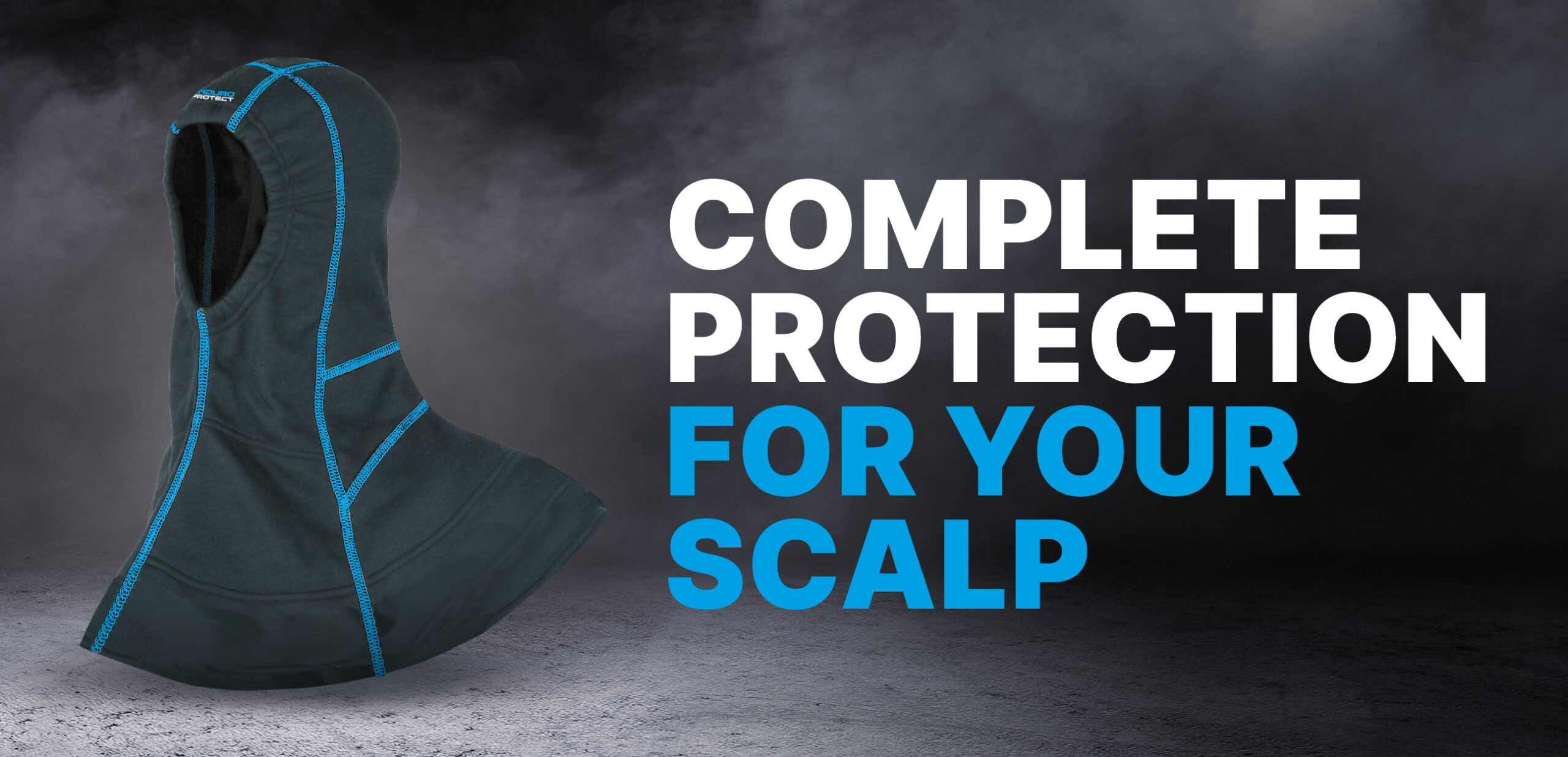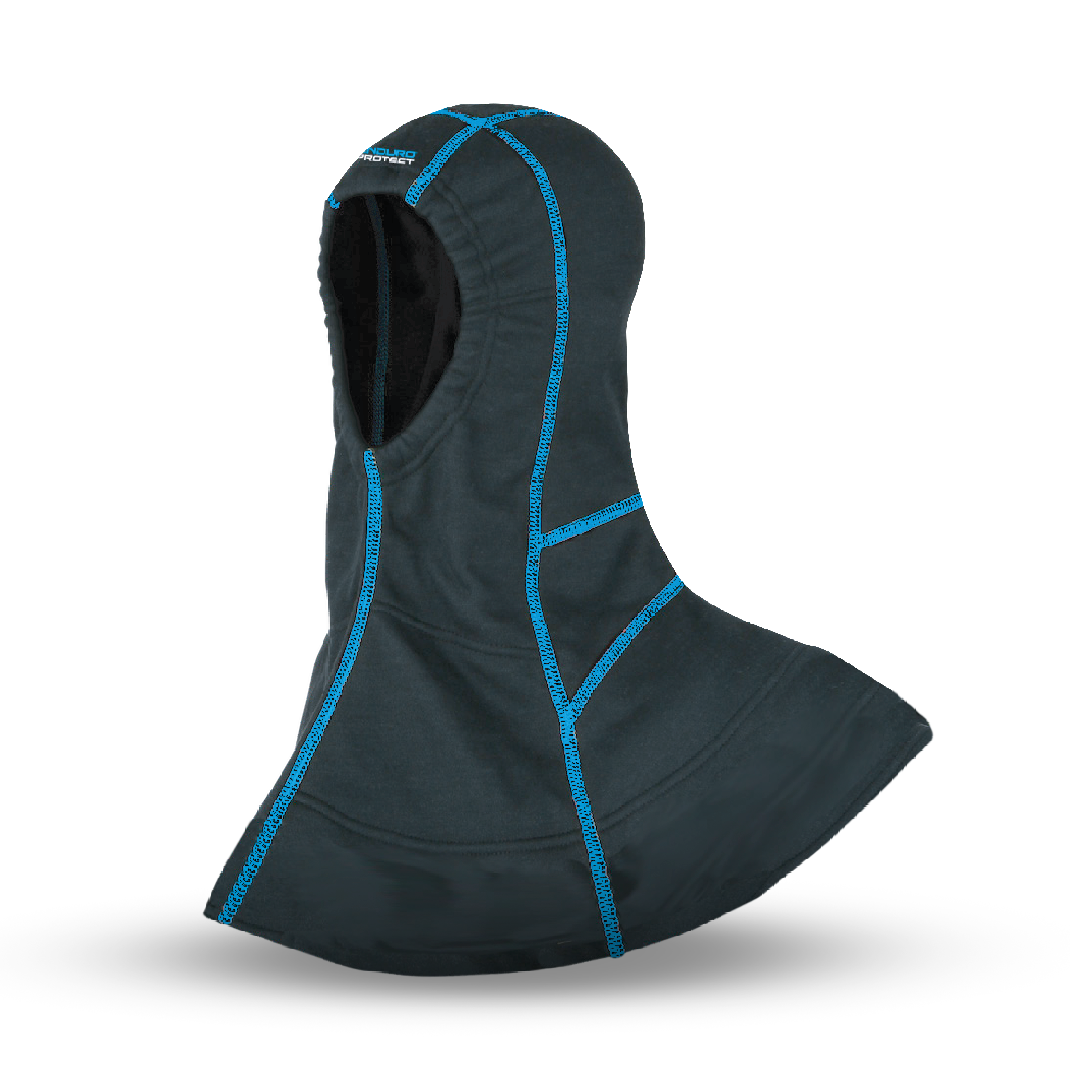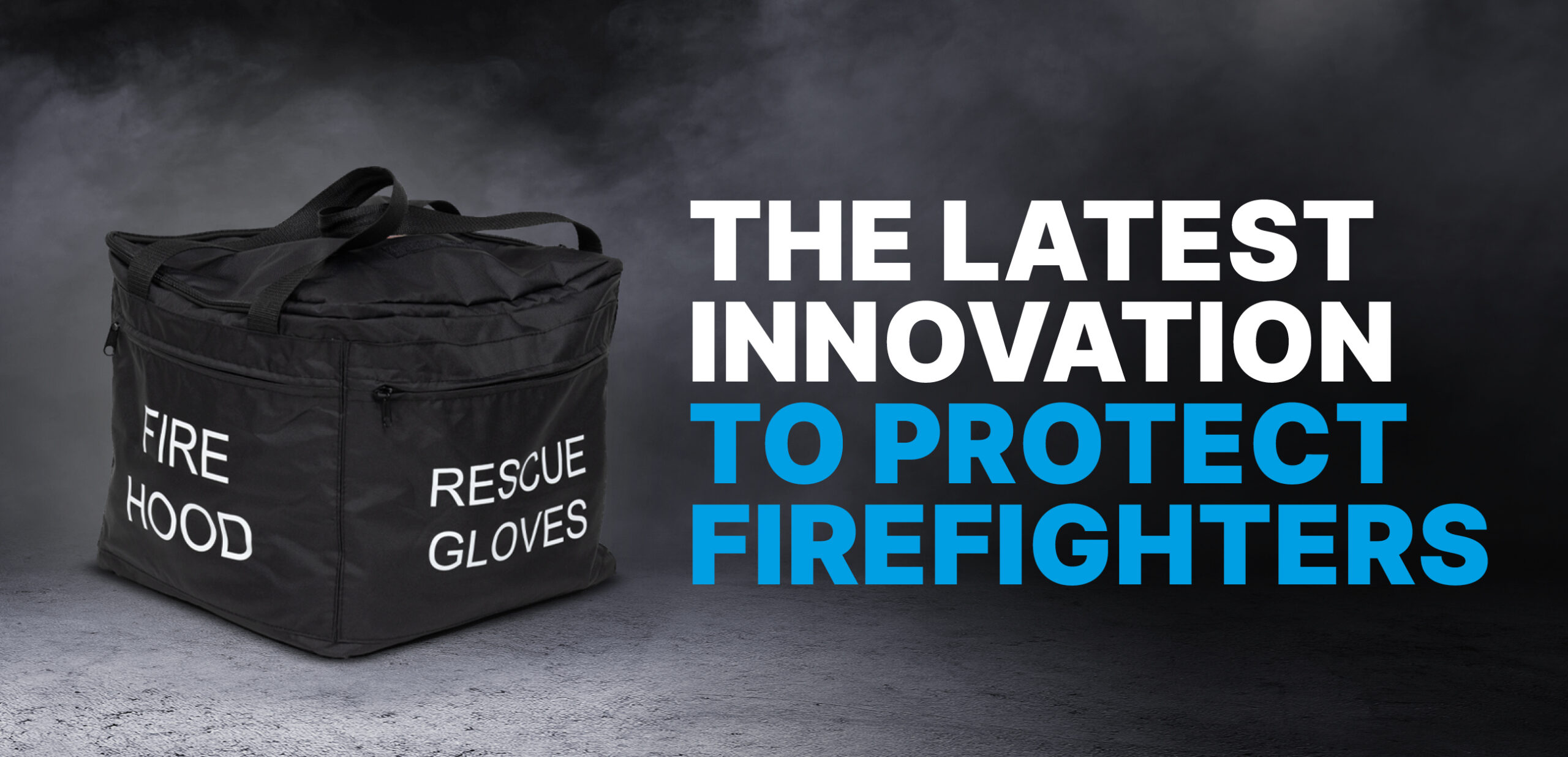Protective gear is vital for firefighters to ensure they are protected from carcinogens entering their skin. Particulate blocking contaminants, particularly Polycyclic Aromatic Hydrocarbons (PAHs). Although Flash Hoods are resilient, some designs can be permeated by harmful chemicals, potentially leading to significant health risks for firefighters, including cancer. The Enduro Protect® Flash Hood guarantees the highest filtration levels. Its woven fabric is constructed with the finest fibres in the submicron size and creates a protective barrier that filters 99.7% of toxic microparticles, including through vulnerable areas such as the middle of the scalp and neck.
Before we get into the topic of Flash Hoods, below is a brief overview of PAHs.
What Are PAHs?
Polycyclic Aromatic Hydrocarbons (PAHs) are organic compounds composed of multiple aromatic rings originating from the incomplete combustion of carbon-rich materials like wood, oil, and plastics. Firefighters encounter PAHs commonly, as these substances are prevalent in most fire-related environments. The health risks associated with PAHs are substantial; they are known carcinogens that can penetrate biological barriers, leading to both acute and long-term health impacts. Studies, such as those conducted by the US Environmental Protection Agency, have documented the pathways through which PAHs can affect human health, stressing their danger to firefighters who are routinely exposed to these compounds.
How do Particulate Blocking Flash Hoods protect firefighters?
Standard Flash Hoods, typically crafted from flame-resistant materials such as Nomex, Kevlar, or PBI, are integral to a firefighter’s protective ensemble. These materials are selected for their thermal resistance and durability under extreme conditions. However, while standard Flash Hoods provide substantial protection against direct flame contact and heat, the effectiveness of chemical penetration, especially through the centre of the scalp and neck, remains a significant concern. In a 2013 study, researchers found:
“…fire fighters wearing full ensembles absorb PAHs and aromatic hydrocarbons into their bodies. The PAHs and aromatic hydrocarbons most likely entered the fire fighters’ bodies through the skin, with the neck being the primary site of exposure and absorption due to the lower level of skin protection afforded by hoods.”
Research into protective hoods has sparked a movement towards developing materials that can provide more comprehensive protection, utilising advanced technologies such as microfiber and carbon nanotube enhancements to effectively reduce the penetration of PAHs and other toxic chemicals through the head and neck area. There are now a number of particulate blocking Flash Hoods available, but the new challenges with the protection included are centred around reduced hearing capacity for commands, increased head temperature and PFAS infiltrated membranes. The Enduro Protect Flash Hood meets all these challenges being non PFAS with a ‘no noise’ membrane, excellent breathability and all-over head and neck protection. In fact, because the material is the membrane, it is almost impossible to tear the membrane without tearing the material itself. All great features that put the firefighter first.
Can PAHs penetrate the head area?
Unlike other types of protective gear, Flash Hoods are worn directly in contact with the skin during operations. Studies show that dermal absorption rates for the relatively thin skin on the scalp, forehead, jaw, and behind ears are much faster than the dermal absorption rates for thicker skin, for example the calves or palms of the hand. Sweat also allows chemicals to pass through the hood onto the head and neck areas. The Enduro Protect® Flash Hood, along with all Enduro protective gear, is designed to ensure robust moisture management to minimise sweat and heat stress. In addition, the flexibility and rebound design in the face area ensures a perfect fit that achieves 99.7% Particulate Blocking Non-PFOS, Non-PFAS, and Non PTFE.
Why are doffing methods so important in relation to Flash Hoods?
Firefighters’ hood doffing methods dramatically affect the exposure to PAHs around the neck. The overhead hood removal process resulted in considerably lower contamination levels than the traditional hood doffing technique. Researchers set out the impact of overhead doffing using different types of hoods in a paper entitled: Effects of firefighting hood design, laundering and doffing on smoke protection, heat stress, and wearability.
“For each of the hood designs studied, the mean contamination level measured from neck skin dropped when using the overhead doffing method compared to the traditional doffing method by 83% (224 μg/m2 to 38.9 μg/m2) for New-Knit hoods, 89% (196 μg/m2 to 21.0 μg/m2) for New-Blocking hoods, and 64% (64.4 μg/m2 to 23.4 μg/m2) for Laundered-Blocking hoods. The number of firefighters who had no detectable contamination on their necks rose from 19% (7 of 36) when using the traditional method to 44% when using the overhead method (17 of 36). When comparing only the particulate-blocking layer hoods (including both new and laundered), the percentage without detectable contamination increased from 25% to 54% (6 of 24 to 13 of 24), suggesting an important additive effect of the two control measures. It is important to note, that teaching new hood doffing techniques can be implemented with any type of hood and resulted in as much as 90% reduction in neck skin contamination in this study.”
The researchers’ recommendations included wearing a long hood that will not come untucked during firefighting operations. This is precisely how the Enduro Protect® Flash Hood is designed.
Wrapping up
While Flash Hoods serve as a crucial line of defence against thermal and particulate hazards encountered by firefighters, many do not provide the level of protection firefighters require to protect their health. The Enduro Protect® Flash Hood is the best on the market for protection, comfort, and breathability. An independent study by the toxicology department of Hertfordshire University, which involved the use of a robot in a smoke chamber wearing an Enduro Protect baselayer, measured the protection factor of an undergarment ensemble (R52R and R045N) supplied by Enduro Protect. Samples were taken from the chest, head, arms, and legs, and it showed that the performance of the Enduro Protect baselayer is consistent across all micron sizes and is highest for particulate sizes of 2.5 microns. Furthermore, firefighters using Enduro Protect base layers are statistically less likely to be diagnosed with cancer than the general population.
To discuss any points made in this article, please call the Enduro Protect team on 01235 814112.












